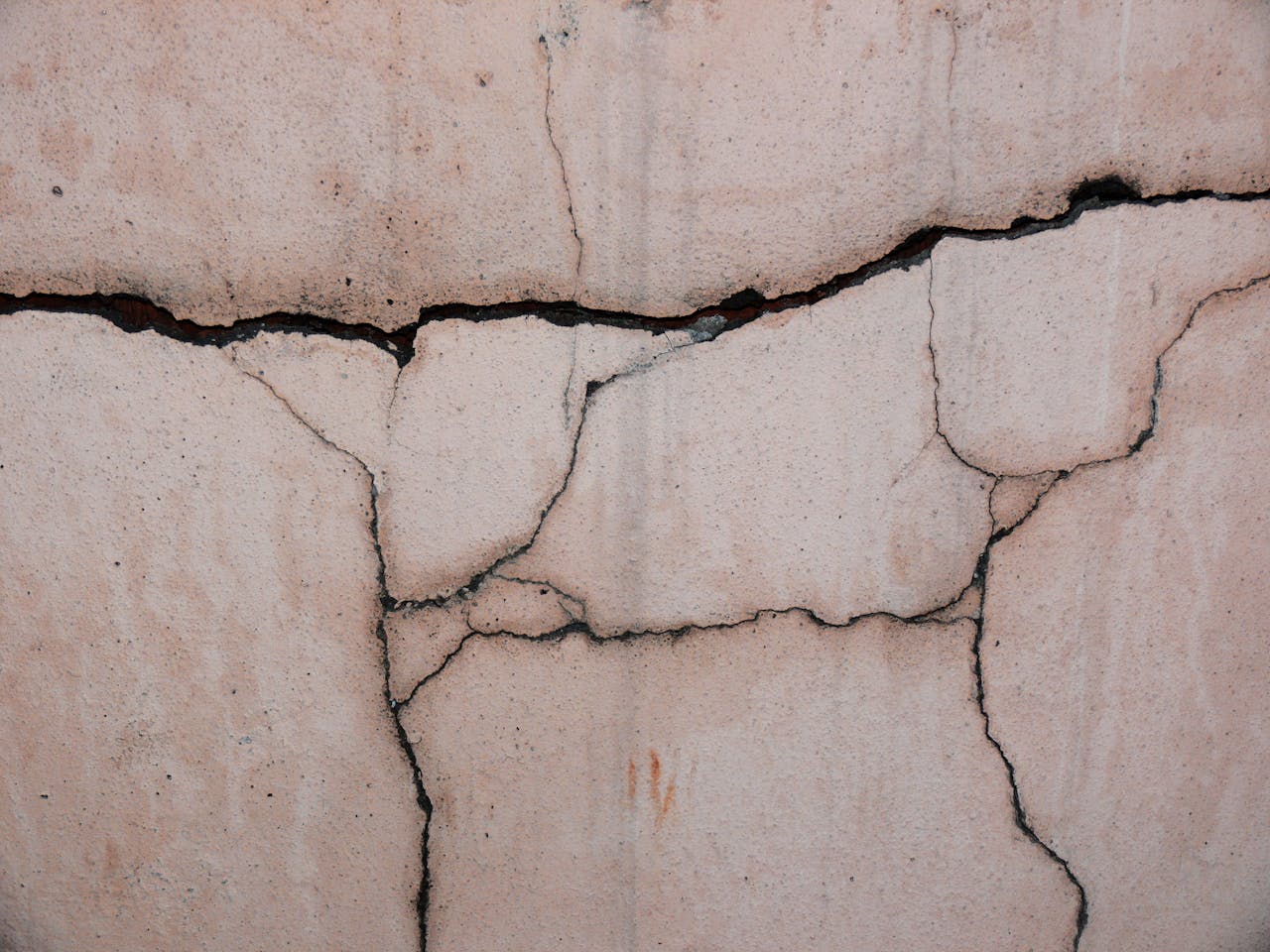
Your home is likely your biggest investment, so keeping it safe and sound is a top priority. One of the most alarming issues a homeowner can face is foundation cracks that signal the house is sinking. Ignoring these warning signs can lead to expensive repairs, safety risks, and even a loss of property value. The trouble is, not all cracks are equal—some are harmless, while others are red flags. Knowing how to tell the difference can save you a lot of headaches and money. Let’s break down the seven types of foundation cracks that may mean your home is literally sinking.
1. Stair-Step Cracks in Brick or Block Walls
If you notice cracks that look like a flight of stairs running through your brick or block foundation, pay close attention. Stair-step cracks are a classic sign of differential settling, which means the foundation is sinking unevenly. This can create serious structural issues if not addressed quickly. These cracks often start small but can widen over time, especially if you live in an area with heavy rainfall or shifting soil. Don’t assume these are just cosmetic—they often indicate the foundation is sinking and needs professional evaluation.
2. Horizontal Cracks Near the Ground
Horizontal cracks that appear low on your basement or crawl space walls can be a major warning sign. Unlike vertical cracks, which are sometimes caused by normal shrinkage, horizontal cracks usually mean there’s pressure from the outside soil pushing in. This pressure can cause your foundation to bow and eventually fail. If you spot a horizontal crack, especially one that’s wider than a quarter-inch, your foundation may be sinking and moving outward at the same time. This situation calls for immediate attention.
3. Vertical Cracks Wider at the Top or Bottom
Vertical cracks can sometimes be harmless, but when they’re noticeably wider at the top or bottom, it’s a different story. These uneven cracks suggest part of your foundation is sinking faster than the rest. This kind of movement can cause the walls to separate, making the crack wider at one end. If you notice this, monitor the crack for changes and consult a foundation specialist. These cracks are often linked to settling that’s actively happening beneath your home.
4. Diagonal Cracks Running from Corners
Diagonal cracks start at the corners of doors, windows, or the foundation itself and angle downward. These are often caused by uneven settling, which is a classic symptom of a sinking foundation. The direction and size of the crack can give clues about which part of your house is moving. If you see diagonal cracks that are getting longer or wider, it’s time to act. Left unchecked, these cracks can lead to warped doors, sloping floors, and other costly problems.
5. Cracks Accompanied by Sticking Doors or Windows
Sometimes, the cracks aren’t the only sign. If you notice new cracks along with doors or windows that suddenly start sticking or won’t close properly, your foundation may be sinking. This combination means the frame of your home is shifting. As the foundation moves, it can twist or distort the frames, making them hard to open or close. This is a strong indicator that the problem is more than skin deep and could be affecting the stability of your home.
6. Cracks Wider than a Quarter-Inch
Not all cracks are created equal. Hairline cracks are common in most homes and usually aren’t a cause for concern. But if you see cracks wider than a quarter-inch, especially in the foundation, that’s a red flag. Wide cracks suggest significant movement below the surface, often caused by the foundation sinking or shifting. Measure these cracks regularly. If they’re growing, you may need to call in a professional to assess the damage before it gets worse.
7. Multiple Cracks in Different Areas
If you start noticing several types of cracks popping up around your home—walls, ceilings, basement, and exterior—it could mean your foundation is sinking in more than one spot. This widespread cracking is a serious sign that the entire structure could be affected. It’s best not to wait. Multiple cracks can signal that the soil beneath your home is unstable, leading to uneven settling. This can quickly escalate from a minor inconvenience to a major structural issue.
What to Do If You Spot Foundation Cracks
Foundation cracks are more than just an eyesore—they can be a warning that your home is sinking. If you see any of the cracks described above, it’s smart to monitor them closely. Take photos and measurements every few months to track changes. If you notice cracks getting bigger or new ones forming, don’t hesitate to call a licensed foundation expert. Early intervention can save you thousands of dollars in repairs and protect your home’s value.
Have you found any cracks in your foundation that made you worry your home is sinking? Share your experience or questions in the comments below!
What to Read Next…
- 8 Common Fixes That Are Quietly Destroying The Structural Integrity Of Your Home
- 7 DIY Mistakes That Will Sink Your Home’s Resale Value
- 6 DIY Fixes That Ended In Disaster And Why You Shouldn’t Try Them
- 7 Clues Your House Is Quietly Falling Apart
- 10 Common Sense Repairs That Can Lead To Home Insurance Denial
The post 7 Foundation Cracks That Mean Your Home Is Sinking—Literally appeared first on Clever Dude Personal Finance & Money.







